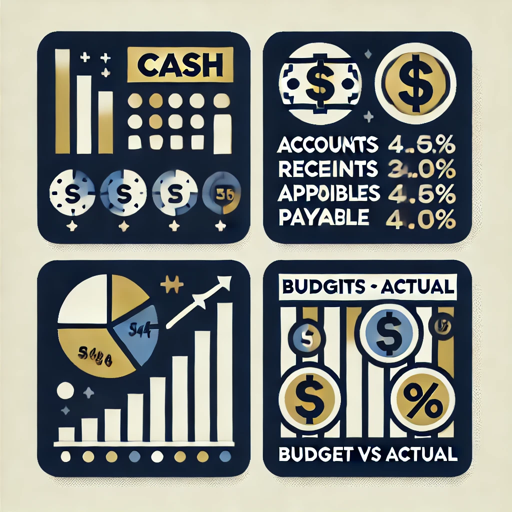Ditch the PDF Dump: How Modern Bookkeepers Wow Clients with Real-Time, Dynamic Financial Reporting
- sfbayfinancial
- Jul 24
- 2 min read

Introduction
As future-forward bookkeepers and accountants, we believe our role goes well beyond reconciling accounts and sending out monthly financial statement “PDF dumps.” In today’s business environment, small business clients expect—and need—more actionable insight, greater collaboration, and proactive advice. Here’s how we level up our services and truly become an indispensable advisor to our clients.
1. Embrace Real-Time Financial Reporting
Why: Business decisions shouldn’t wait for month-end reports.
How: We use cloud-based accounting software and AI tools that layer over the accounting platform and connect it with real-time reporting apps like Fathom, Syft Analytics, or Spotlight Reporting.
Action as Bookkeepers: We set up live dashboards that our clients can access anytime, showing up-to-date key metrics such as cash balances, outstanding receivables, and sales trends.
2. Move Beyond Static Reports
Old Way: Sending a monthly batch of PDF reports and waiting for clients to reach out with questions.
New Way: Provide dynamic, interactive reports that let clients drill down into details and view trends over different periods.
Example: We use tools that allow interactive filtering by time frame, department, or product line.
Benefit: Our clients get answers faster and are more engaged with their numbers.
3. Offer Dynamic Trend Analysis
What we Can Do:
Chart revenue, expenses, gross margin, and key ratios over time.
Highlight unexpected spikes, dips, or emerging patterns.
Provide context: Compare to past periods, budgets, and industry benchmarks.
Why it Matters: Our clients gain insight into what’s driving their business performance and can act quickly.
4. Schedule Regular Client Review Meetings
Best Practice: We don’t just send reports— we set a schedule for monthly or quarterly review sessions that cover:
Review recent trends and financial health.
Discuss variances from budgets or forecasts.
Identify red flags or opportunities.
Set or adjust future goals together.
Result: We can be a strategic partner, not just a service provider.
5. Help Clients Set and Monitor Goals
How: We use forecasting and scenario planning features in these reporting apps that:
Set revenue and expense targets.
Monitor progress in real-time dashboards.
Adjust projections based on actual results.
Outcome: Our clients are more likely to hit (or exceed) their goals with our active guidance.
6. Proactively Communicate Insights and Recommendations
We don’t wait for clients to ask. We send concise, actionable updates if we spot concerning trends or opportunities.
Examples:
“Receivables are trending 15% slower this quarter—let’s discuss strategies to accelerate collections.”
“Expenses in marketing are up 30%—do you expect this to continue, or should we investigate?”
7. Leverage Technology for Efficiency and Value
Apps to Explore:
Fathom: Advanced reporting, analysis, and benchmarking.
Syft Analytics: Custom dashboards and AI-driven insights.
Spotlight Reporting: Consolidations, forecasting, and scenario planning.
Integrated with your accounting platform to automate routine reporting and free up time for this advisory time.
Conclusion
Today’s bookkeeping is about being proactive, insightful, and collaborative. We move beyond the traditional “PDF dump” and become a true advisors and collaborators with our clients. Real-time dashboards, dynamic analysis, and regular client meetings set us apart and add meaningful value to our clients’ businesses.




.png)



Comments